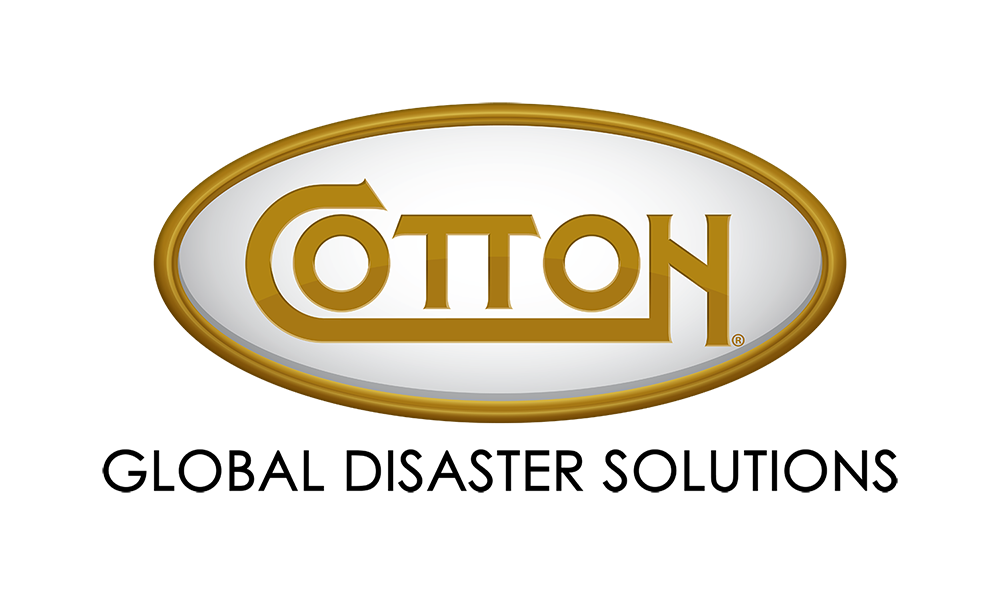You can begin preparing your business for worst-case scenarios well before disasters occur. This first category of preparedness focuses on prioritizing disasters that could occur, sourcing key vendors for recovery and understanding your insurance coverage.
Tip 1: Prioritize Catastrophes Most Likely to Affect Your Region
Lance recommends prioritizing planning for the disasters most likely to affect your business. These disasters can be natural or man-made.
When prioritizing natural disasters, Lance gives the example that if “you’re in Muscatine, Iowa, the likelihood of a hurricane is pretty remote,” but the probability of snowfall and freezing pipes is much higher. Plan for the top natural threats to your specific area. National or multinational companies may need to tailor several plans for the geographic dangers at their locations.
Man-made disasters can include broken sprinkler heads that flood apartments, criminals that cause your place of business to become a crime scene and supply chain disruptions. “Let’s say you’re a restaurant and you own 16 restaurants and you get all of your supplies from somebody in Ohio,” Lance suggests. “But their plant burns down.” In such a disaster, Lance encourages businesses to prepare backup plans and alternative vendors to keep operations flowing.
Prioritizing the most relevant threats can help you refine your scope while planning for disaster scenarios.
Tip 2: Have Your Partners in Place Pre-Disaster
After prioritizing the disasters most likely to affect your specific region, focus on assembling your disaster recovery partners. “Thumbing through the phone book after the loss happens is not good risk management,” Lance adds.
A strong restoration company is a critical first partner to secure. Restoration companies, like Cotton Global Disaster Solutions (Cotton GDS), can help quickly restore your property and mitigate additional losses. These companies provide the resources, expertise and knowledge to recover your facility. Early collaboration may also give you access to pre-disaster planning and year-round support, such as with Cotton’s FirstAlert! Program.
A second partner to establish is your insurance claims adjuster. The claims adjuster will work to evaluate the damage and determine if it is covered by insurance. As an added tip, Lance notes that “you can actually write your claims adjuster into your insurance policy. You’re seeing many corporations do that because it helps the insurance company know which adjuster you’re going to use.”
A third critical partner to line up is a forensic accountant. A forensic accountant may use investigative tactics to evaluate your loss event and identify lost revenue from halted operations. Their approach can help you holistically understand the full breadth of losses your business incurs.
Certain industries, like healthcare or chemical manufacturing, should also consider connecting with the local fire departments so emergency response personnel can understand ingress and egress to the facility, where critical chemicals are stored and other key details that can facilitate a safe, fast emergency response.
In gathering partners pre-disaster, Lance urges business owners to secure a contract outlining the specific details of the partnership when relevant to help expedite recovery and the settlement of insurance claims. With a master service agreement (MSA) in place, protocols and processes can be set up in advance, facilitating a more seamless restoration process.
Tip 3: Find and Read Your Insurance Policies in Advance
An important component of pre-disaster preparedness includes locating and understanding your insurance policies and coverage. After finding the policies, Lance encourages commercial property owners to “have them available and put them electronically somewhere,” as well as to “make sure several people have [them].” Have backup and digital copies to prevent losing the documents in disasters like fires or floods.
Additionally, Lance highlights the importance of thoroughly understanding your deductibles, exclusions and sublimits from your policies and contacting your insurance company for clarification on any you may not understand.
Reviewing your deductibles can help you prepare your business financially by setting aside the necessary funds to cover the amount you may owe for a loss.
Understanding your exclusions — losses not covered by your policy — can help you identify gaps in coverage in advance so you can look for additional insurance policies as needed.
Knowing your sublimits, which are specified maximums of coverage for specific types of losses, can also alert you to areas where additional coverage may be needed.
Your restoration provider may even be able to help partner with your insurance provider for additional help.
By planning before disasters strike, you can set your business up for a more successful outcome if a catastrophe does occur.

